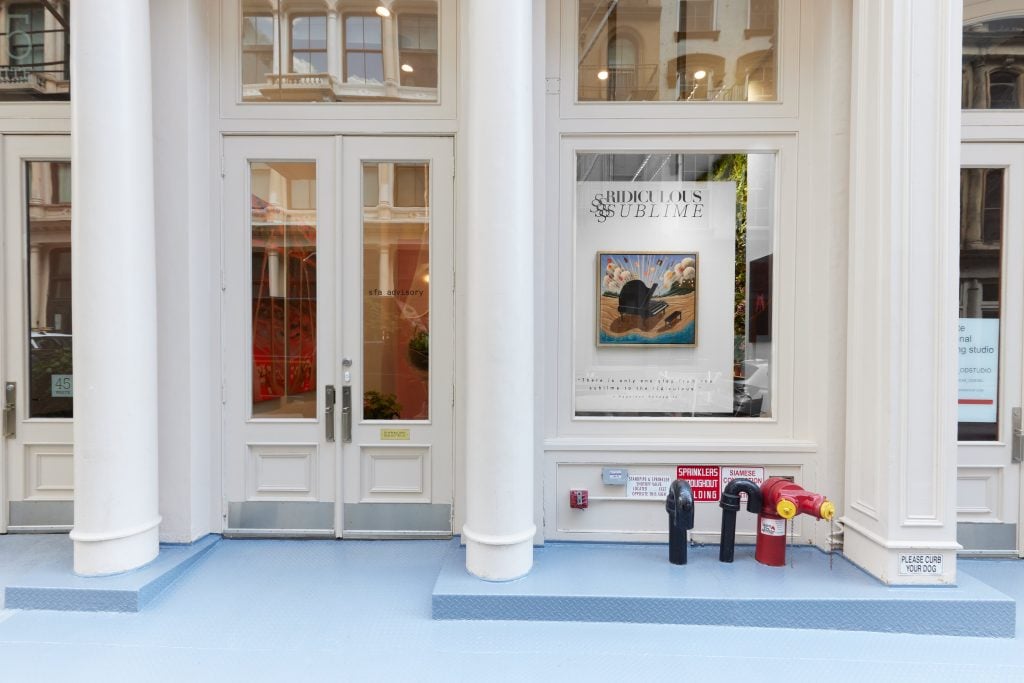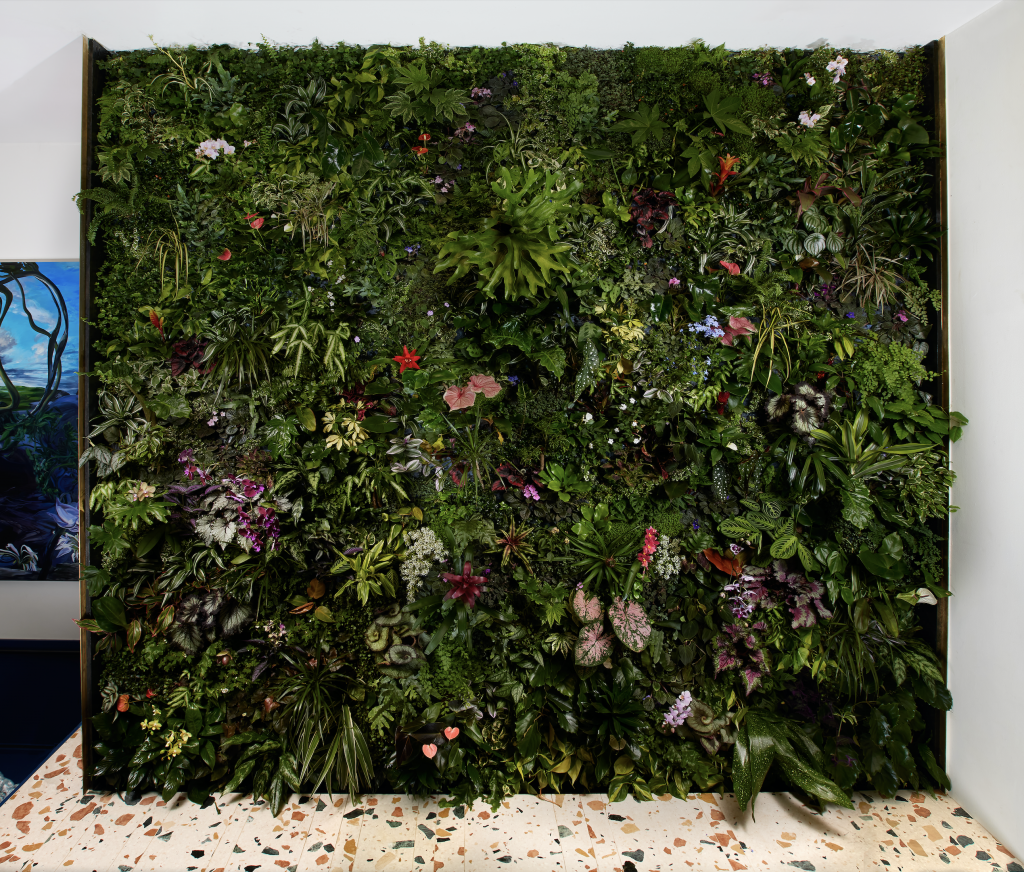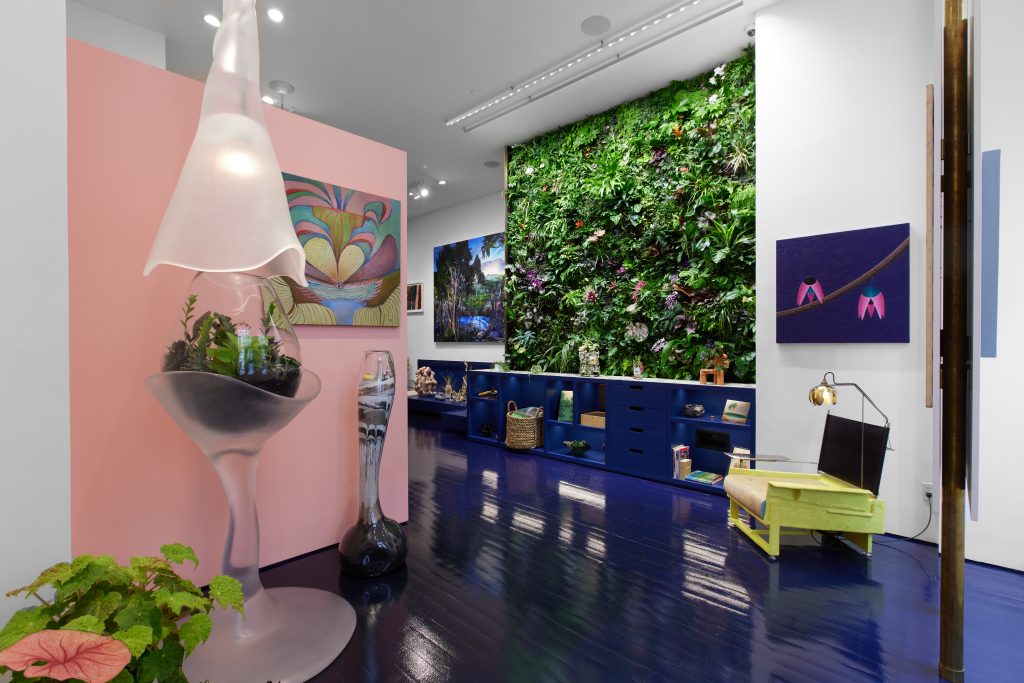There is only one tool trusted by art world insiders to buy, sell and research art: the Artnet Price Database. Its users across industries—from auction houses to museums, galleries, and government institutions—represent the art world’s most important players. We’re taking 15 minutes to chat with some of the Artnet Price Database’s power users to get their take on the current state of the market and how they’re keeping up with the latest trends.
Lisa Schiff, veteran art advisor and Founder and President of SFA Advisory, has learned not to take life too seriously. She loves failures, laughter, and the fact that “strange things happen all the time” in the art world.
With an extensive background in Art History and experience as an Adjunct Professor, Lisa takes a critical and analytical approach to her advisory firm, always reminding herself and others that her role is to advise, not just to sell. Beyond her extensive roster of impressive clients, which includes actor Leonardo DiCaprio, Lisa recently opened a brick and mortar outpost for SFA Advisory in New York City’s Tribeca neighborhood.
Read on for more of Lisa’s favorite memories, advice to new collectors, and the funniest work in her collection.

The exterior of SFA Advisory’s brick and mortar outpost in New York City’s Tribeca neighborhood. Photo by Erik Bardin.
You started your advisory firm, SFA Advisory, in 2002. What was your path to becoming an art advisor? How did you land your first client?
I was planning on becoming a Professor of Art History, but my ridiculously un-feminist understanding of reality made this plan based on it being a second income to my successful husband. The husband never materialized. Soon my parents cut me off financially. (Don’t laugh. Yes, this is pathetic, and it was quite late in life already.)
So, realizing that I would have to leave New York City, finish my dissertation living with my parents in Miami, and, if lucky, get a job in Iowa so that I could publish enough to get hired back in New York, I had a vision of myself wearing squishy shoe sandals with different color socks, and having no friends, because all I talk about is post-structuralist theory. It was terrifying.
So, I left the ivory tower and got my first job at Edward Tyler Nahem Fine Art. I learned so much from him. Then I went to Phillips Auction House and worked in Operations, where I also learned a ton. Nahem was more up my alley than the auction house, but I found myself at an impasse. My best friend from the University of Michigan, Laura Solomon, suggested that I become an art advisor. I had no idea what that meant, but I applied myself to figuring it out and decided I would give it a go.
My first clients were my parents and one of their friends. Neither of them wanted to buy from me, but they did it to be polite. I really had no idea what I was doing. Finally, my real first client came through my best friend in Boston. I am still with this client too. It’s been 20 years!
Can you explain the process of advising a client through an acquisition?
There are different kinds of situations and different kinds of strengths in advisors. My strength is spotting the most critically important artwork, understanding the value proposition, and explaining this clearly to my clients.
What I am not naturally gifted at is decorating. I don’t mean this in a pejorative sense, it’s just not my passion when buying art. My approach is buy it and then find a place for it, but that isn’t always how it works. Depending on the client, I may not show something that I think is exceptional if they don’t have the right space for it. It depends on what kind of collecting the client is doing.
Most important is not to ‘sell’ but to ‘advise’. And that means saying ‘no’ more often than not.
How do your credentials as a student and adjunct professor of art history influence your approach to collecting?
So, so much. All the time I spent in graduate school has really paid off. For a long time, I thought I would have been better served with an MBA. But more recently, I have come to understand that the critical thinking skills drilled into me from years of studying and reading some rather impenetrable texts have helped me to see certain invisible relations more clearly than others.
I love reading the horizon of things as they are unfolding, be it formal advancements or anomalies in the marketplace. I have always been fascinated with economic history, and value-making in aesthetics is something truly intriguing to me.

Tom Colletti. Ridiculous Sublime, 2021. On View at SFA Advisory through September 10. Photo by Erik Bardin.
What has been the most memorable moment in your career as an advisor to various high-profile clients?
So many stories. Which story to tell?
The art world is the best place to work for humor because it’s an emotional space and strange things happen all the time. One funny moment was being asked by a client to go to Michael Jackson’s studio to view works that he made and was selling for $750 million. I was like “ABSOLUTELY!” Not because this was going to be a lucrative interaction for me, but because I knew it was going to be hilarious. I immediately called my friend, artist Alex Israel, and invited him along and he said yes for the exact same reasons. Understand, I am not saying that Michael Jackson could not have been a great artist; it was just the whole cast of characters presenting it so I knew it wasn’t real. It was as hilarious as we thought it would be.
I also once hid on the floor of a car with some clients as an art handler drove us into an art fair before it opened. I had a client insist on taking a painting out of the fair with us, and then we had too much champagne in the VIP lounge and lost it!
Can you tell us more about the experience of launching the Art & Environment series for the Leonardo DiCaprio Foundation?
I can’t say much, because I signed away all of my limbs. All I can say is that it was fun and meaningful, and I wish we had had time to do more. Learning about the environment was scary. It does weigh on you when you feel like no one is listening or making change. It’s a real passion for Leo, and I felt lucky to learn about it alongside him. Also, he tells the best stories so that was always a major plus in being around him.
You’ve said that SFA Advisory takes pride in making the art world transparent. How do you go about achieving this goal?
Teaching. I love teaching. And talking. I talk way too much. Again, I think I have a knack for understanding the invisible relations that make up much of the art world and for explaining that to individuals. The idea is to help collectors have confidence and to show them the best sides of the art world, while not lying about the bad things.

An installation view of Ridiculous Sublime, on view at SFA Advisory until September 10. Photo by Erik Bardin.
You recently opened a brick and mortar outpost in New York City, which serves as an office for your advisory firm, an exhibition venue, and a concept store. What inspired you to open this multipurpose space?
No idea! I am an impulsive person and just had an itch to scratch. I really didn’t think it through or understand what I was getting into. But I love it now, and I am happy I did it.
What is one piece of advice that you would give to a first-time collector?
Have confidence in your taste and don’t follow the trends or crowds. Do not buy for investment and do not buy NFTs as art. Buy them as NFTs. Don’t confuse the two.
Do you collect any art? If so, what is your favorite item in your collection?
Oh gosh yes. I have so many favorites. I like art that makes me laugh, so probably my Heji Shin photographs of shooting monkeys, my Walead Beshty self-help book installation, my Food Boobs prints, and a recent Paulo Nazareth photo that isn’t really funny, but juxtaposes Darth Vader and a Stormtrooper. Oh, and I LOVE David Gilhooly’s frogs and food ceramics. I have so many that my staff tried to do an intervention to stop me.
I do own a lot of non-funny things too: Nadia Ayari, Ann Craven, Alex Da Corte, Katherine Bradford, Hadi Fallahpisheh, Nan Goldin, Kayode Ojo, Marina Perez Simão, Paul Pfeiffer, Richard Prince, Nicole Wittenberg, and most recently, a very, very dirty Atticus Wakefield.
What was the last thing you searched for in the Price Database?
I have unlimited searches because I search so much. Probably Wayne Thiebaud, as I work with a major collector of his work. We were analyzing the top ten prices and looking at scale vs. year. We had some interesting conclusions.
This interview has been edited and condensed for clarity.










